Getting Started with AR, VR, XR, and MR: An Introductory Overview
 RealityMonk
RealityMonk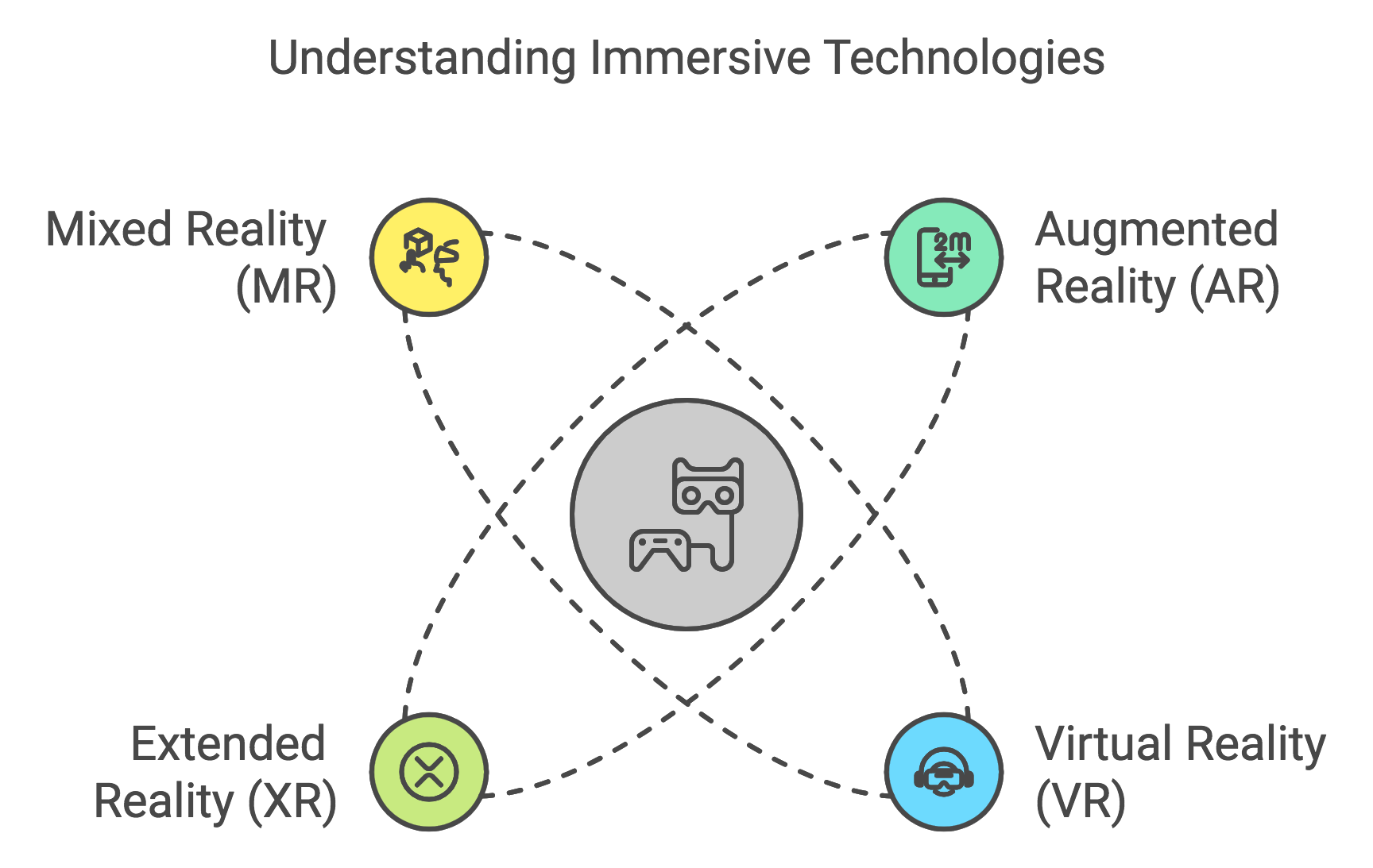
Well, one might not has noticed yet, but world around has already been penetrated by various fascinating immersive reality technologies. Did you know the most common application which is based on this tech is Google Maps!
In the realm of immersive technologies, the acronyms AR, VR, XR, and MR often swirl together, sometimes confusing even the tech-savvy. This article aims to demystify these terms and provide a foundational understanding of these exciting technologies.
Understanding the Acronyms
Before these buzzwords intrigue you any further, let us understand about each one of them in simple language.
- AR (Augmented Reality): This technology overlays digital elements onto the real world. Think of Pokémon Go, where virtual creatures appear in your real-world environment.
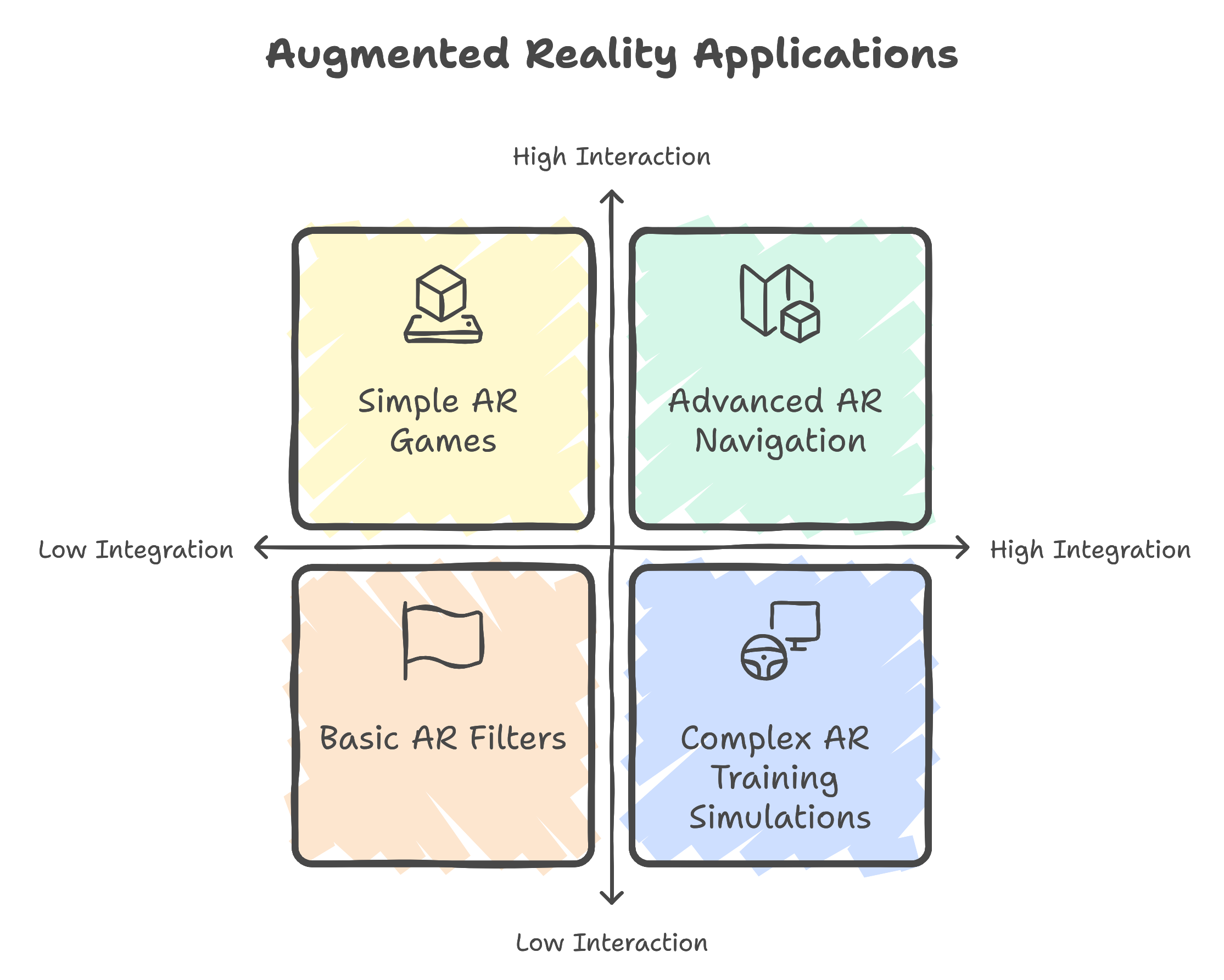
- VR (Virtual Reality): VR immerses users in entirely digital environments. With a VR headset, you can be transported to another world, whether it's a fantastical realm or a realistic simulation.
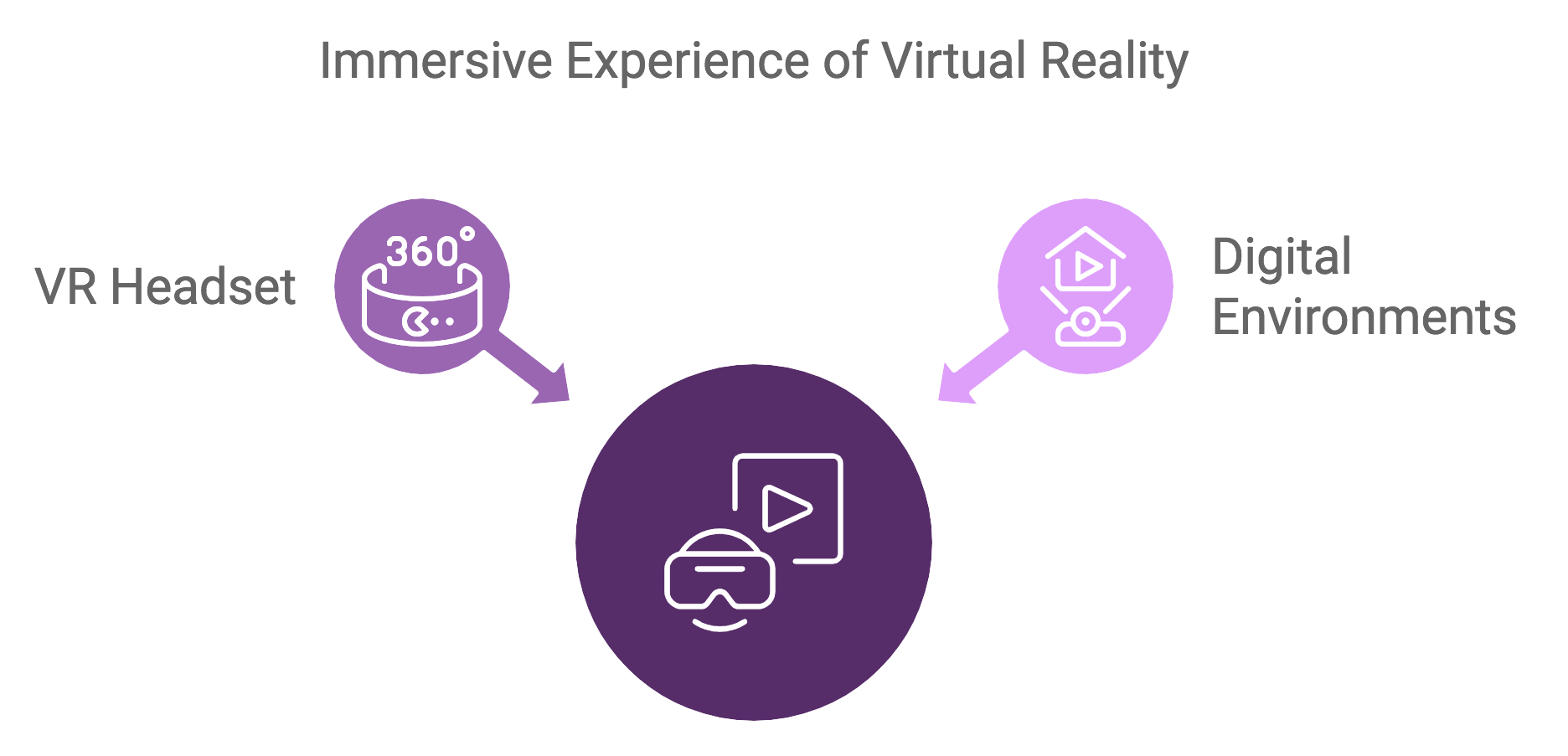
- XR (Extended Reality): XR is an umbrella term encompassing AR, VR, and everything in between. It represents the spectrum of real and virtual environments.
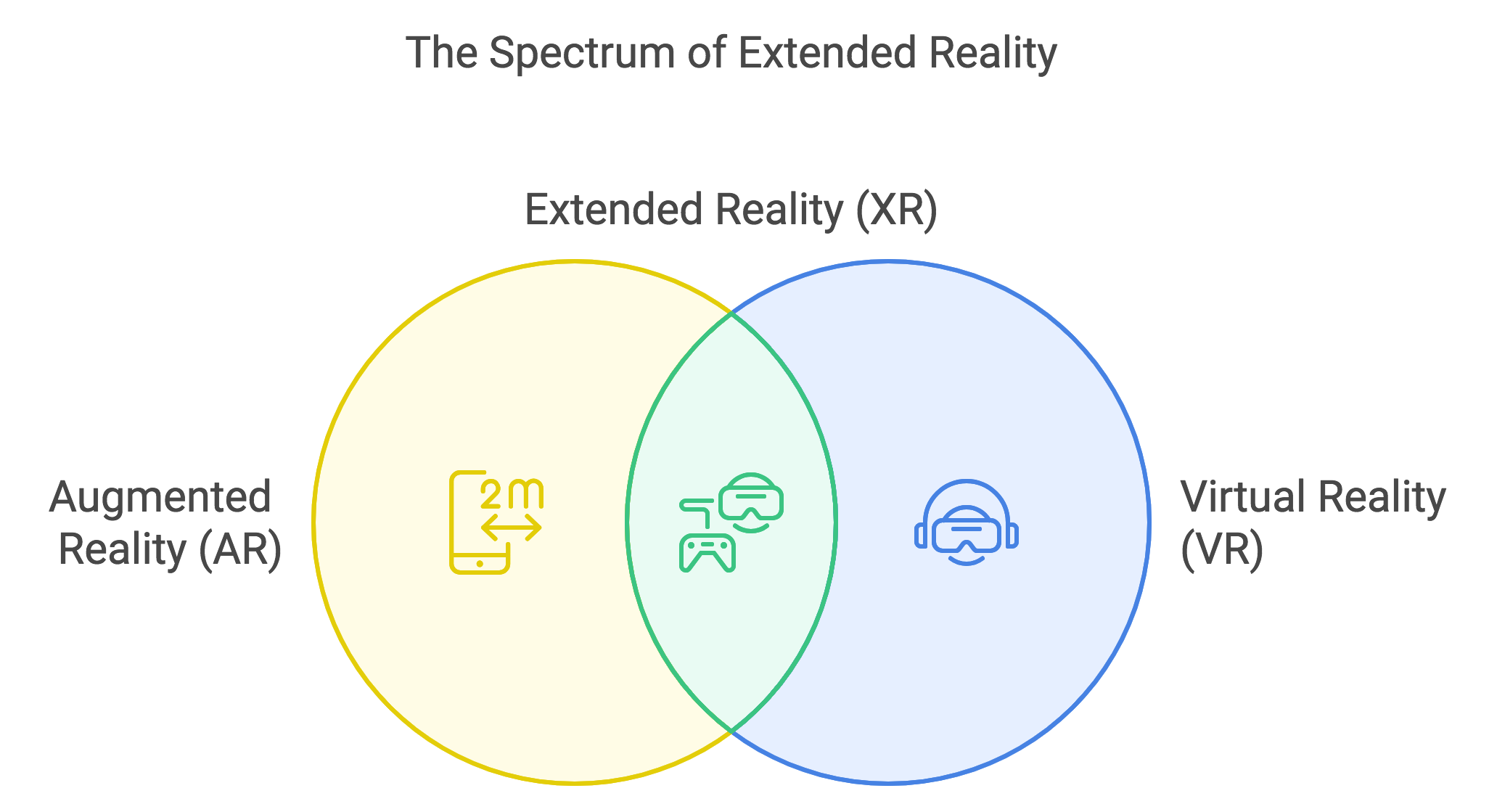
- MR (Mixed Reality): MR seamlessly blends the physical and digital worlds. It allows users to interact with both real and virtual objects in a shared space.
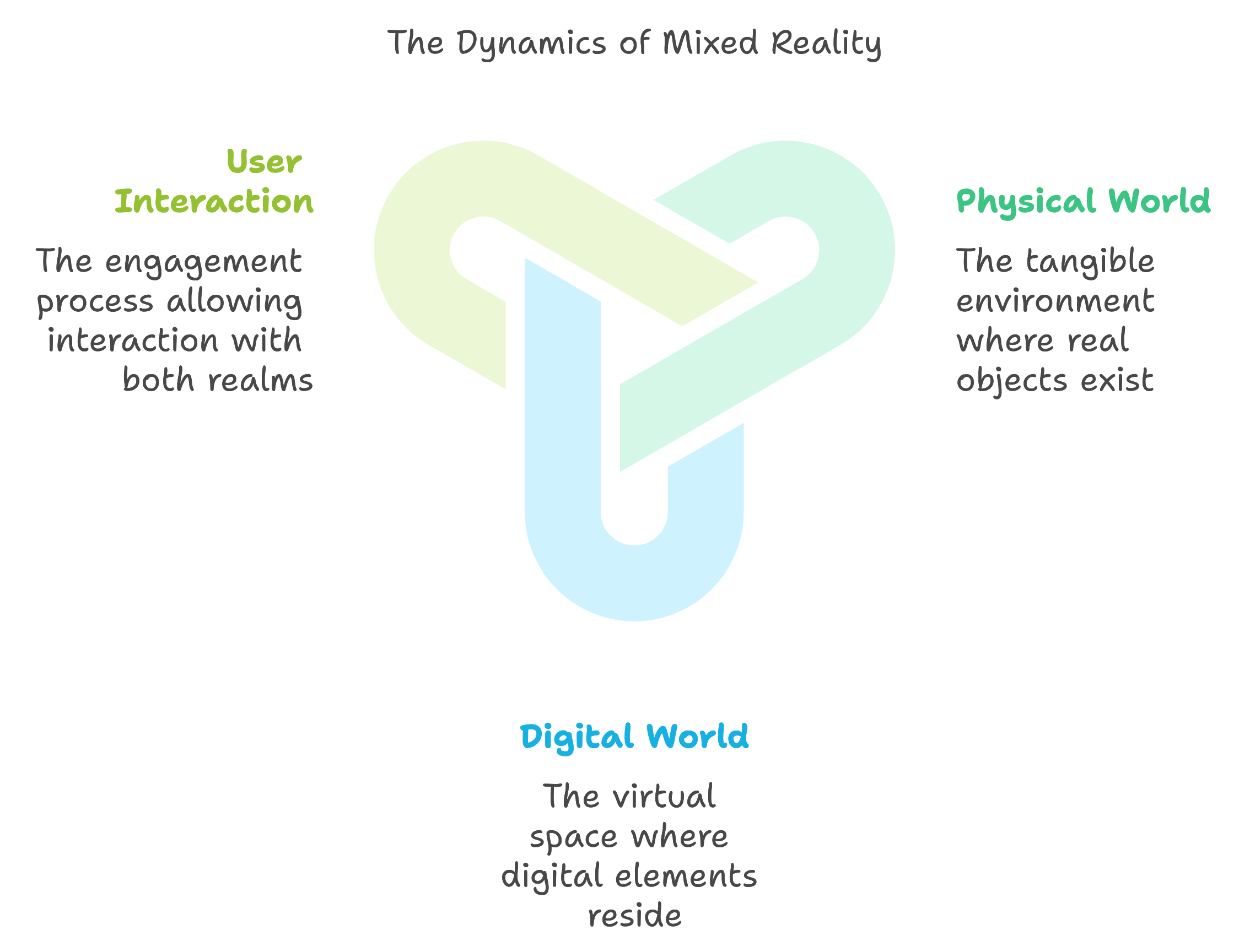
How These Technologies Work
These technologies rely on various hardware and software components to create immersive experiences. Key components include:
- Headsets: These devices track the user's head movements and display the virtual or augmented content.
Sensors: Sensors like cameras, gyroscopes, and accelerometers track the user's position and orientation in the real world.
Software: Powerful software platforms enable developers to create immersive experiences.
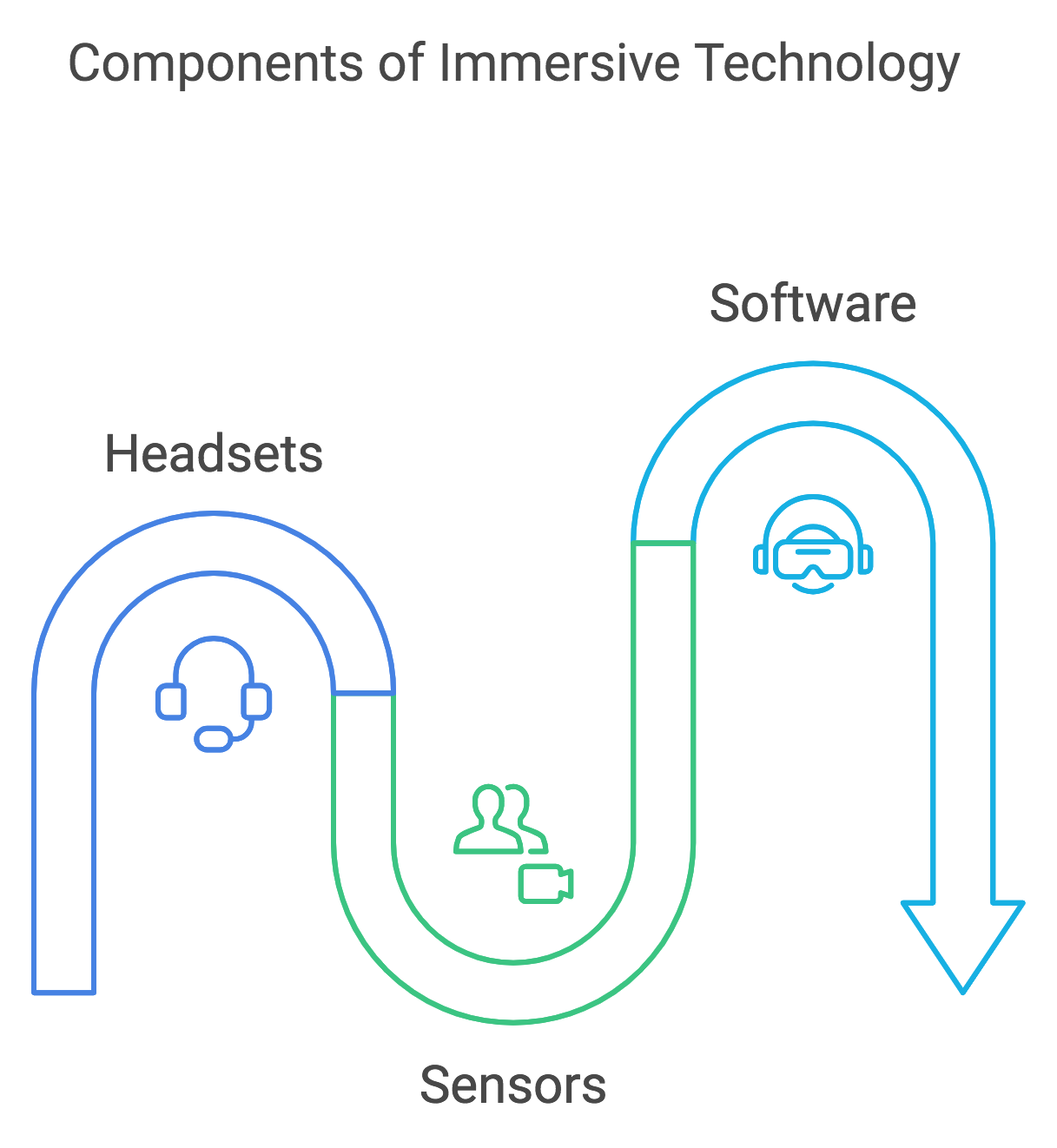
Applications Across Industries
The potential applications of AR, VR, XR, and MR are vast and diverse. Some notable examples include:
Gaming: Immersive gaming experiences that blur the lines between the virtual and real worlds.
Education: Interactive learning experiences that make education more engaging and effective.
Healthcare: Medical training simulations and patient rehabilitation tools.
Architecture and Design: Visualization of architectural designs and virtual walkthroughs.
Retail: Virtual showrooms and interactive product demonstrations.
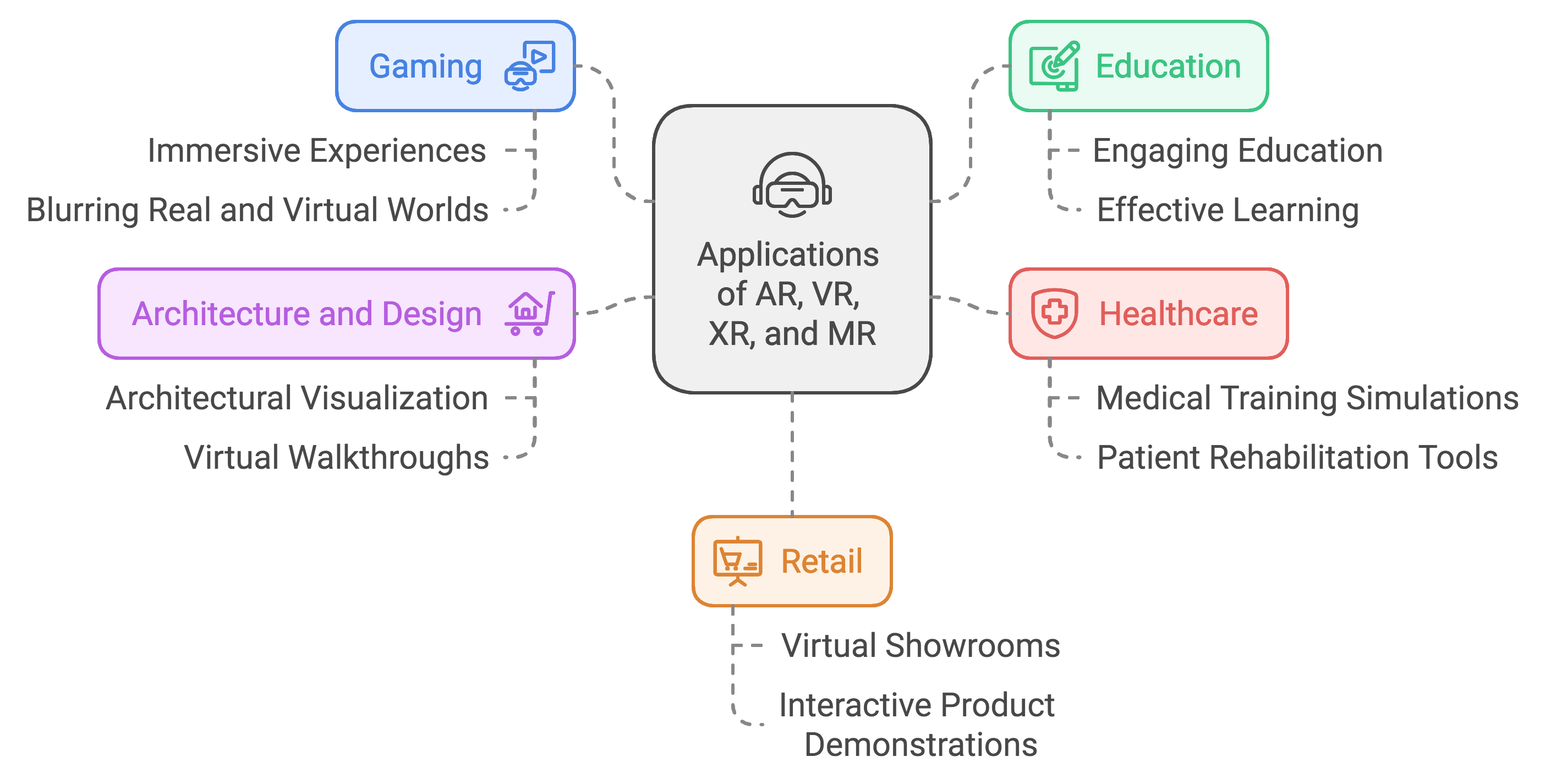
Getting Started with AR, VR, XR, and MR
If you're interested in diving deeper into these technologies, here are a few tips:
Build a Strong Foundation: Understand the core concepts and the differences between AR, VR, MR, and XR.
Experiment with Development Tools: There are many tools available for creating AR and VR experiences, such as Unity and Unreal Engine.
Leverage Online Resources: Numerous online tutorials, courses, and communities can help you learn and connect with other enthusiasts.
Stay Updated: The field of XR is constantly evolving, so stay informed about the latest trends and technologies.
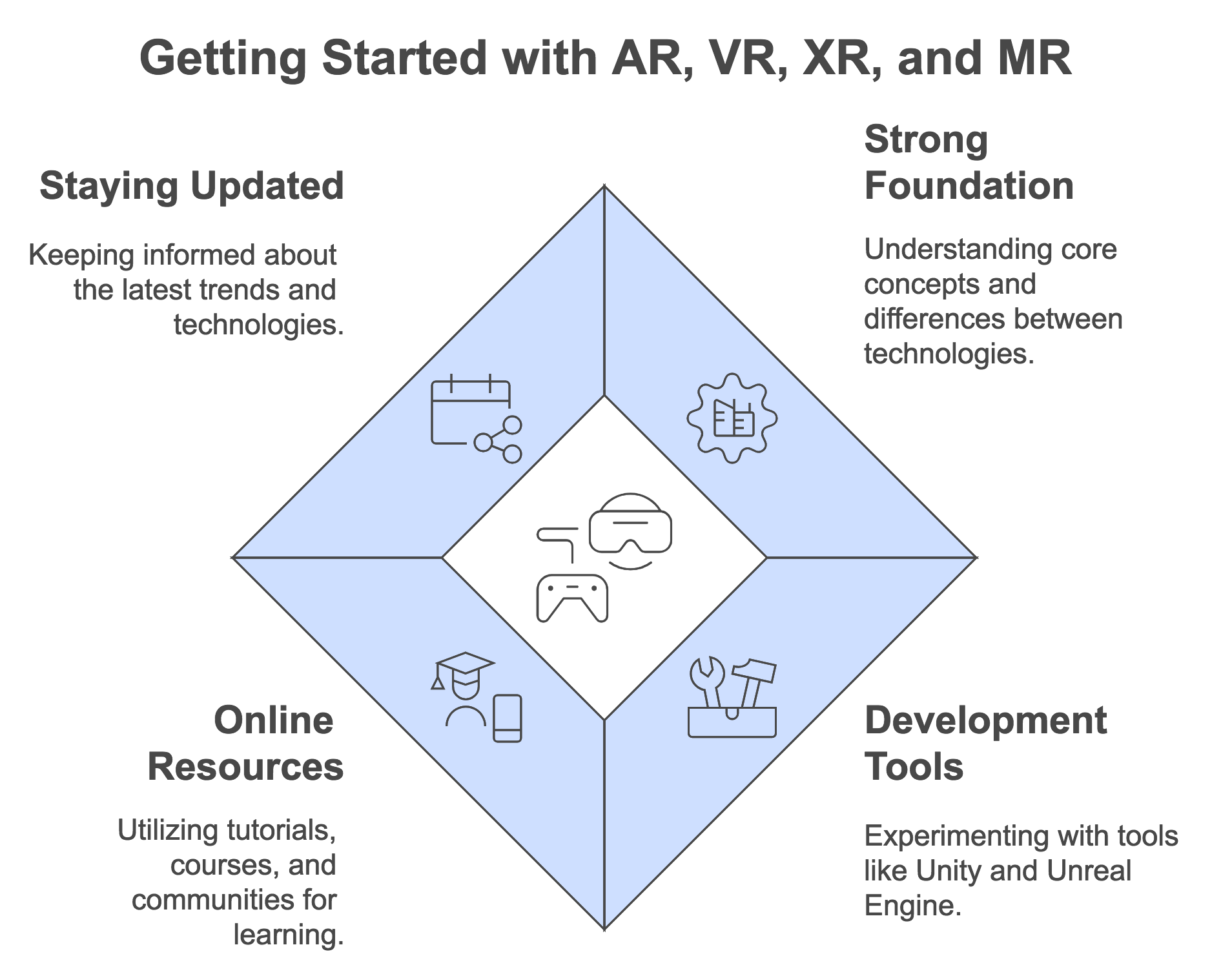
Conclusion
AR, VR, XR, and MR are reshaping the way we interact with technology and the world around us. By understanding these technologies and their potential applications, you can position yourself to be at the forefront of this exciting new era.
Subscribe to my newsletter
Read articles from RealityMonk directly inside your inbox. Subscribe to the newsletter, and don't miss out.
Written by
